Healthy succulents are easy to grow, but they need a little help at the start when it comes to their growing environment. They’re not like other plants that can happily live in just any old pot of soil. Learning how to pot succulents for the first time?
Here are some tips:
The kind of soil matters a lot. This type of plant requires very well-draining soil, and they need a bit of protection from the elements – especially in winter. But we’ll get into that in a bit!
Some of the links below contain affiliate links, which means that at no extra cost to you, I may earn a small commission if you click through and make a purchase. You can read my full disclosure policy here.

For example, if you live in an area with cold winters, be sure to bring your succulents indoors or at least keep them in a sunny spot where there’s no chance of frostbite.
Succulents also look pretty cool on their own, so you don’t really need much more than a container and some soil to make them happy.

Start With a Lovely New Succulent Pot
When choosing the new pot for your indoor plants, look for a larger container, preferably something wider than it is tall. This extra space helps to produce air circulation around the roots and prevents diseases.
Most plants prefer a plastic pot or a terra-cotta pot over clay because of drainage. If you’re using a clay pot, be sure to add proper drainage holes or drill some yourself before adding potting soil (which should be mostly sand with some organic matter mixed in) to let the water out.
If you don’t own a drill gun, you can use a screwdriver and a hammer.
Also, the size of the pot matters. Avoid using too big of a pot or else it will get too soggy and drown your plant!

What to do before You Pot Succulents
When planting succulents, wash and dry your succulent pot first. Then add a layer of medium-sized pebbles to the bottom. This will help keep the roots from sitting directly on top of the soil, which can cause them to rot over time if there’s too much moisture around them.
Which reminds me; the base of your succulent’s root system should be planted at least 1†below the surface of the soil. This will help prevent rotting due to excess water or fertilizer runoff, which are common problems for indoor succulents.
Don’t fill all the way to the top, leaving an inch between the soil level and rim helps keep water from spilling over (and creating a mess) when you water your plant.

Best Soil for Succulents
Choose an organic soil mix with succulents in mind. This will have more nutrients than other soil mixes and will provide better drainage. Make sure the new soil mixture doesn’t contain too much peat moss or fertilizer, which can be harmful if ingested by your plant.
If you don’t want to buy a premixed soil mix, you can make your own by combining 1 part potting soil, 1 part perlite (for drainage) and 1 part composted manure or composted leaves (for nutrients).
Once you have the soil and have added the rocks or pebbles to the bottom of your pot, it is now time to add the soil of choice to your pot. Water it just enough to make it a little damp. After which, add succulents to the soil and water thoroughly again.
Arrange it the way you want and Voila! That is how to pot succulents. If you’ve done this successfully, congratulations! You now have your new (or your first) succulent.
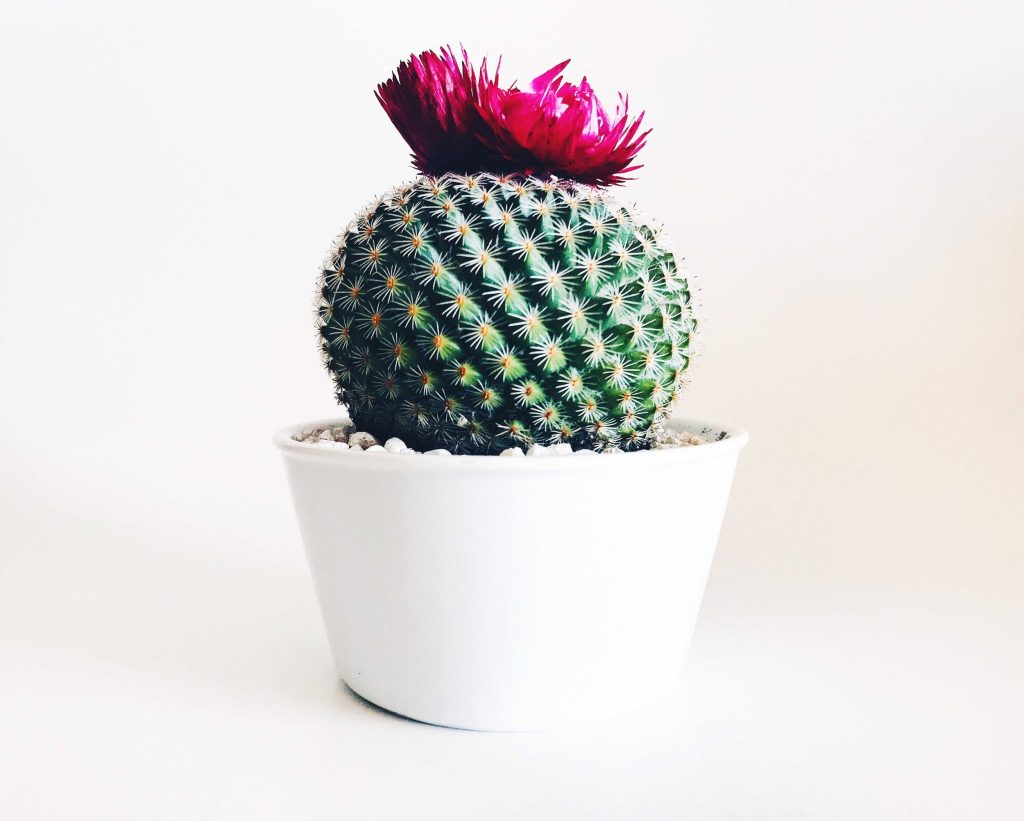
Common Mistakes When Potting Succulents
Now, let me tell you about some common mistakes. The most common reason for succulent death is over-watering or neglect. In other words, too much or too little attention.
We understand.
You’re elated to finally have a succulent and you want to give it as much care as you possibly can. And thus you water it a lot. Well, read on and maybe you won’t have as hard of an experience as most.

Succulent Care – Watering Succulents
Succulents are drought-tolerant plants that require little water. However, if you want them to thrive, you need to water them regularly. Watering your new succulents 1 to 2 times per week is sufficient for most varieties, but keep in mind that the amount of water these plants need varies based on their size and location.
How often should I water my succulents?
When in doubt under-water your succulents.
They need less water than other types of houseplants. The best way to determine how often to water your succulent is by feeling the soil’s texture. If it feels dry when you squeeze it between your fingers, then it’s time to water it.
Succulents with thick leaves or fleshy stems don’t need as much water as those with thin leaves or stems. Try to feel its leaves or stems. If they feel soft and pliable (not stiff), then the plant has enough moisture in the soil and doesn’t need watering yet.
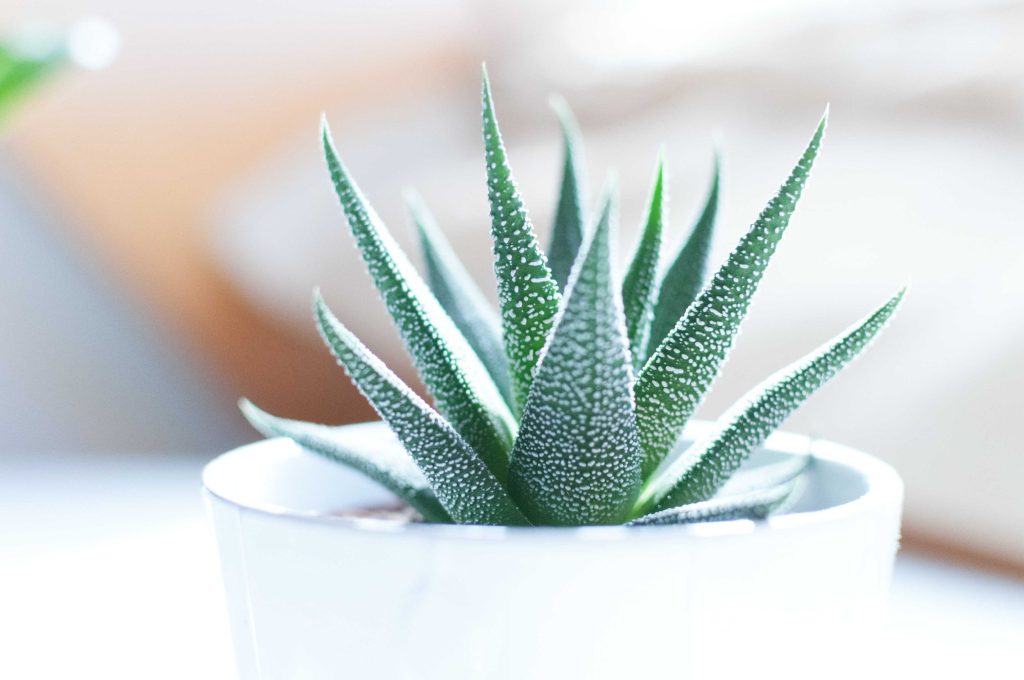
How much should I water my succulent?
You should only give your succulent as much water as it needs – never more than necessary because too much can kill a plant just as easily.
Water deeply once every week or two when they are actively growing (during summer) and allow them to dry between watering sessions so that their roots don’t stay wet constantly.
Last, use a potting mix formulated specifically for cacti and other desert plants.
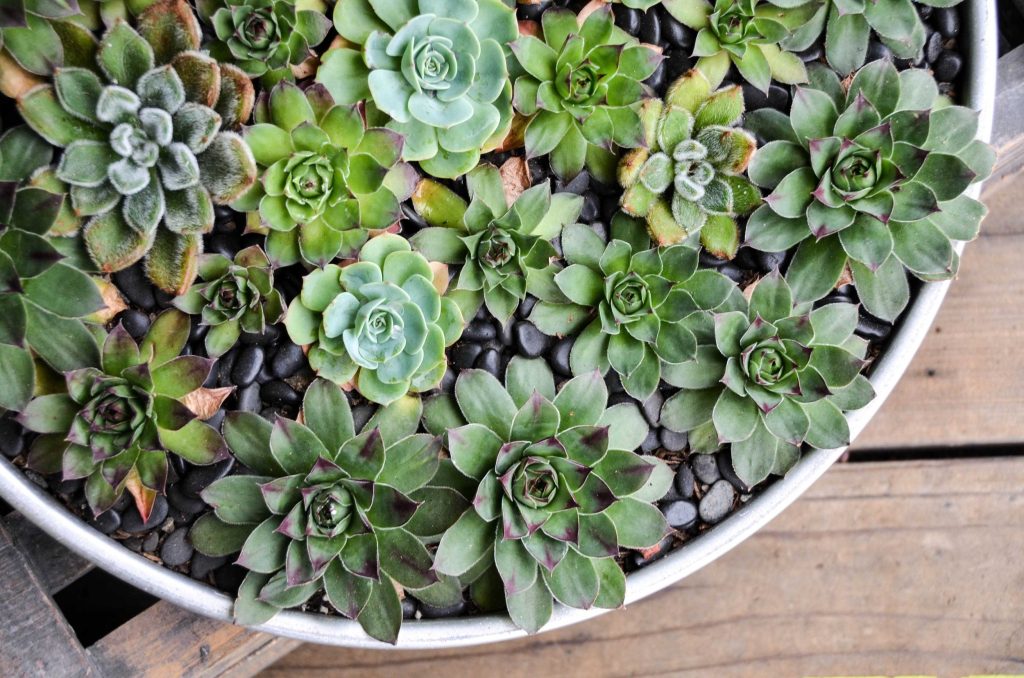
Succulent Care Indoors
Succulents are a splendid choice for indoor gardening, as they are easy to care for and can be grown in almost any type of soil or container. You can also keep them in the ground in warmer climates.
Gorgeous succulent plants come in a wide variety of shapes, sizes, and colors. They have a fleshy stem with leaves that store water so the plant can survive for long periods without rain. Most succulents are native to arid regions of the world where water is scarce, so they have developed these traits as survival mechanisms.
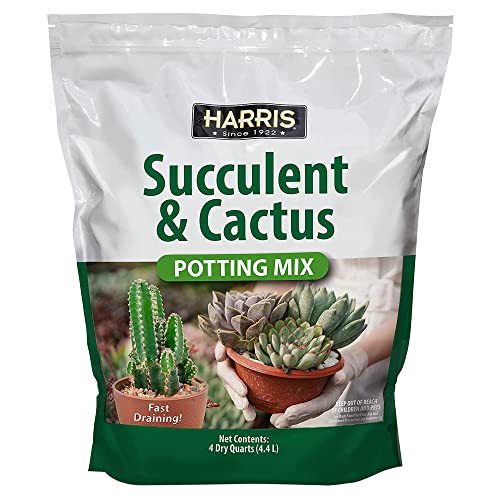
Tips for Successfully Potting Succulents:
There are many types of succulents available, but most will thrive in similar conditions. To grow succulents successfully indoors, follow these tips:
Choose the right location.
Succulents prefer much sun or bright filtered light but can tolerate partial shade if necessary. Because direct sunlight is essential for most succulents, you’ll want to place them in a sunny window and make sure they have plenty of direct light each day.
Another thing to keep in mind is that succulents don’t enjoy being moved around too much. They’re very sensitive to changes in temperature and humidity, so moving them from one place to another can stress them out and cause them to lose leaves or even die.
So if you want your succulent garden to stay looking nice all year long, it’s best not to move your plants around too much.
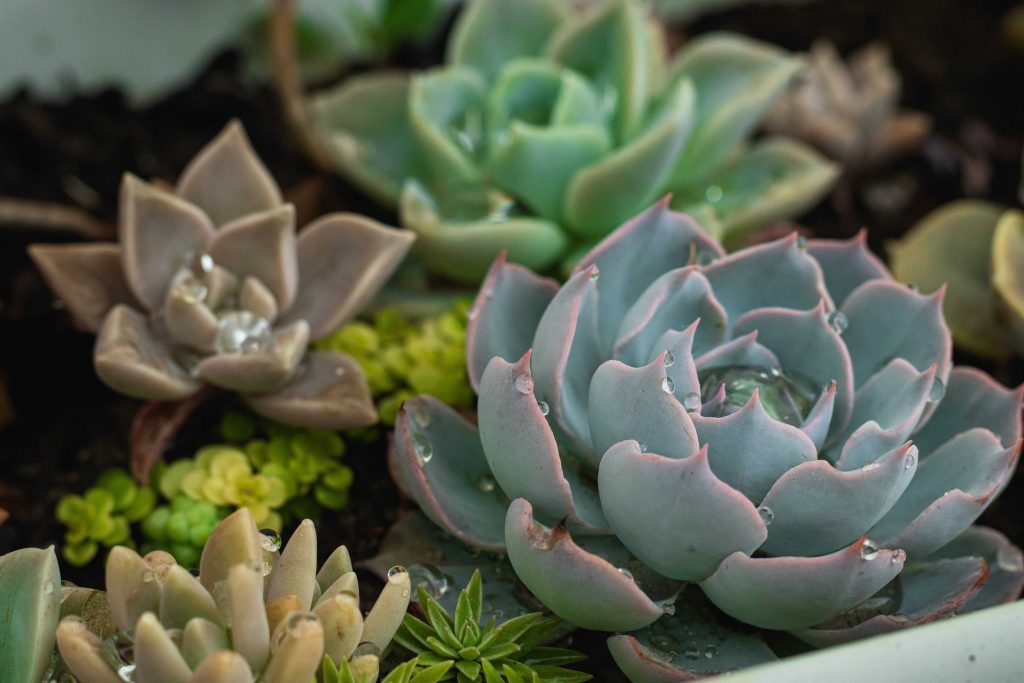
Let’s talk about repotting Succulents!
If you’re unsure if your succulent needs a new home, give it a gentle tug on its roots: if they come out easily (without breaking), then it’s time to repot!
When do I need to repot? And how often should I be doing this?
Here’s the deal: You can repot your succulents whenever they start looking crowded or out of place in their current pot. If you have a potted plant that’s been growing for a while, it may be time to repot it if the roots are growing out of the drainage holes or if the root ball has become too large.

First, you should only need to re-pot once every two years.
The best time to do this is in the springtime when the plant is most likely to be active and able to grow.
Secondly, make sure that you have the right pot. It should be able to hold enough soil for the plant, but not too much. It’s important that there’s enough space between the soil and the top of the container so that water can get out easily.
Make sure your succulent has enough room in its original container before planting it into a new one, you don’t want stunted growth due to overcrowding! If it’s in a small container, transfer it into something larger, like terra-cotta pots or saucers with drainage holes drilled in the bottom (this will prevent root rot).
If your succulent is already planted in its ideal size pot, skip this step entirely!
Take out any dead leaves from around the base of the plant so they won’t interfere with watering later on down the road; otherwise, just leave them alone since they won’t affect its growth.
Use a sharp knife to cut off any remaining roots that are too long, you want them about 2″ long; anything longer will just rot away when you replant.
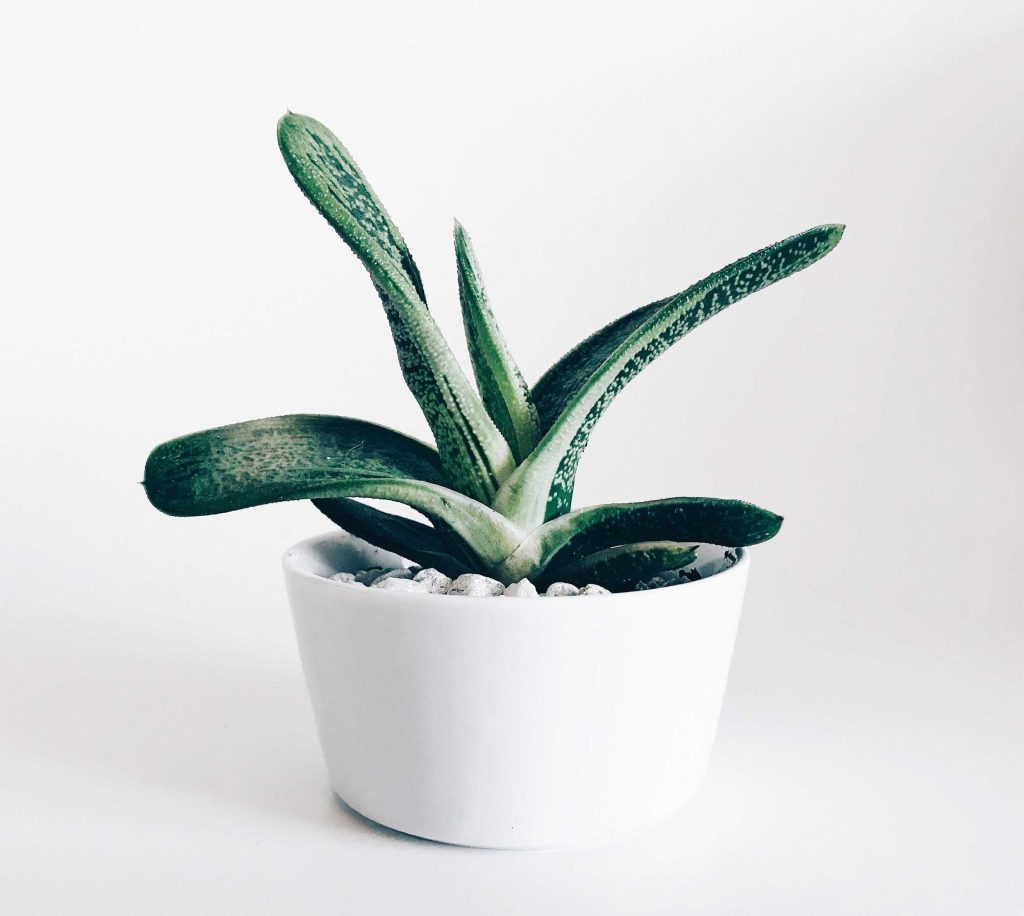
Succulents are some of the most popular plants to grow, and for good reason! They’re easy to care for, and they make great houseplants. We hope your potting journey is smooth. Just remember the important things above, such as giving it enough light and keeping it in a bigger pot, and you should be fine!
Other Content from Advice for Millennials
37 Succulents Arrangements Decor Ideas
5 No Bullshit Decor Tricks to Upgrade Your Space on a Budget
